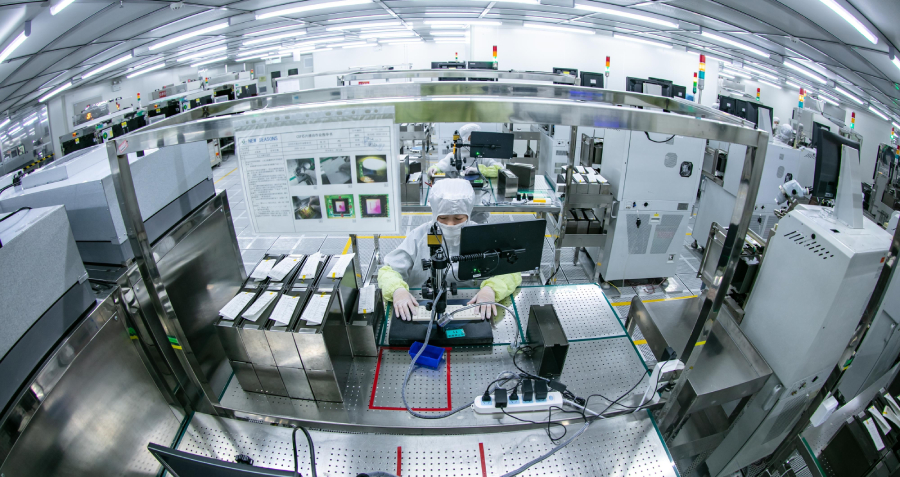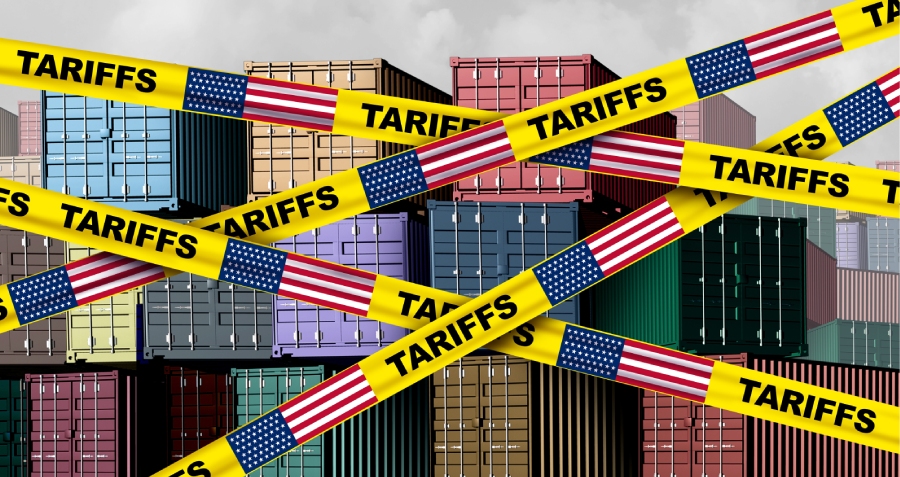Will the banking industry get ‘ubered’ by peer-to-peer lending start-ups?
Bad loans were at the core of the 2008 financial crisis, so it makes sense that lending may be the banking function that changes the most over the next 10 years, particularly as peer-to-peer (P2P) lending platforms claim that they can make smarter loans faster and more cheaply than conventional banks.
So will banks get ‘ubered’ by these lending start-ups? A match that pits old and anxious institutions with high capital withholding requirements against young, tech-savvy, and lightly regulated start-ups might sound like a foregone conclusion, but some analysts say the outcome is not as certain as it appears.
Rise of P2P
P2P lending services such as Lending Club in the US and LendInvest in the UK match the needs of investors with the needs of borrowers without their having to go through a traditional bank.
Between 2010 and 2014, the amount of money being loaned by the global P2P lending industry grew by 123% every year, rising from $1 billion in 2010 to $12 billion in 2014, according to a 2015 Morgan Stanley report. And there may be a lot more growth ahead: Morgan Stanley analysts estimate that it could grow to as much as $490 billion in 2020, mostly divided between the US, China, the UK and Australia.
In the beginning, some of these platforms looked like dating sites, matching individual borrowers with lenders. Initially, that probably reduced risks, speculates Jorge Newbery, founder and CEO of American Homeowner Preservation in Chicago, a P2P mortgage lender. “I think some people feel it’s kind of okay to stiff Bank of America. It feels a little bit different if you’re stiffing Joe or Mary, the individual investor who helped you buy a car.”
Some lenders argue that the real advantage of P2P however is its IT. “Many of the major banks are working with poor technology that simply hasn’t kept up with the technological innovations of the past decade,” says Christian Faes, Co-Founder & CEO of the fast-growing P2P UK mortgage provider LendInvest.
“LendInvest was borne out of the frustration at how long it takes for banks to make decisions on the average mortgage application,” Faes says. “The average mortgage in the UK takes three months to complete, and we have a £1.2 trillion market that is entirely offline. We’re on a mission to make mortgages faster, more flexible and more transparent using market-leading technology.”
Ann Rutledge, CEO of R&R Consulting in New York, an independent credit analyst, argues, however, that the rise of P2P platforms has more to do with the tougher regulatory requirements for banks and a general reluctance by banks to make loans that has grown since the financial crisis. “Why is [P2P] growing so fast? Not because it’s so sexy but a) it’s deregulated and b) the financial system is dysfunctional. It’s dysfunctional so people don’t have any place to put their money to invest, therefore, this whole process has been disintermediated.”
Other analysts share this view “By far the biggest advantage for marketplace lenders has been the lack of capital and liquidity requirements relative to the incumbents,” said Betsy Graseck, a banking analyst at Morgan Stanley, as quoted in a recent report.
Whatever the exact reasons, P2P lenders are doing well. Faes notes that since LendInvest’s founding in 2008, the lending platform has never lost a penny of investors’ money. Since its founding in 2008, the company has lent £501,754,356. In 2013 and 2014, it also earned investors an average of 7.31% interest and zero. LendInvest makes short-term (up to 12-month) bridging loans, 24-month development loans, and three-year buy-to-let loans.
But Are the Risks Going Away?
However, Newbery is not convinced that their technology will make P2P loans less vulnerable to defaults than traditional loans. “They make it look like it works and they may really believe the numbers but they ignore the fact that there are economic cycles,” says Newbery. “You can’t make the market flat.”
So are the new providers essentially playing the same game as the banks did in the last cycle—making loans and then passing the paper on to other investors who ignore their true risk?
Rutledge thinks so. Technology can help improve processes, but low to middle income consumer lending is an inherently risky business, says Rutledge. “If you want to be viable in that business, you need to be prepared for loss rates of around 20%,” she says. “…Peer-to-peer platforms are not prepared for that. Single individuals are not prepared to lend to people with an average 20% loss. They don’t know how to do that. That’s specialized.”
For the US, at least, Rutledge sees the rise of P2P more as a reflection of a dysfunctional financial system than as part of a healthy evolution. “We used to have a very healthy economy with a lot of ecological tiering,” she says. “We don’t have that anymore. We have a very unhealthy market. We have the imprimatur of being first-world but we have a third-world financial system.”
P2B?
Ironically, however, not many peers are likely to be hurt if the fortunes of the industry change: the twist in this particular David and Goliath story is that Goliath is now betting heavily on David.
Increasingly, P2P lenders are reporting that their best investors are banks. Although a number of sites try to lure smaller investors, with low minimum investments such as LendInvest’s £100 minimum, most of the investors are banks and other large institutions. LendInvest, one of the largest British P2P banking sites, reports that two UK banks have invested over £100 million.
In the US, at least, a majority of the money is coming from institutional investors, according to Newbery. Dara Albright, an Atlanta-based crowd-finance expert, notes in a white paper that ‘fractional’ investments, the small investments most individuals might make, now represent only 10% of their originations.
Far from P2P replacing banks, Rutledge argues that the evolution is more likely to head the other direction. “I don’t think banks are going to be replaced by them. Quite the contrary. This is a temporary phenomenon that is symptomatic of the dysfunctionality of the financial systems in general in the 21st century,” she says.
Emerging Markets
For the developing world’s middle classes, advances in technology are likely to provide more access to credit cards, mortgages, and other credit products over the next 10 years, predicts Aneel Karnani, a professor of strategy at the University of Michigan’s Ross School of Business.
Financial infrastructure, however, is likely to be a stumbling block, in Karnani’s view. In many countries where certain factors that are important for credit decisions, such as national identity systems, centralized credit bureaus, title deed research firms and bank regulation, will still need to be developed.
For the poor, however, Karnani, a long-time critic of microfinance, sees little value in this increased access to credit. The poor don’t need credit cards, he says: they need a job.
Also, strictly speaking, P2P is already available to the poor: “Of course, in an informal sense, there is a lot of peer-to-peer lending,” says Karnani. “…In fact, they borrow mostly from family or friends.”




















